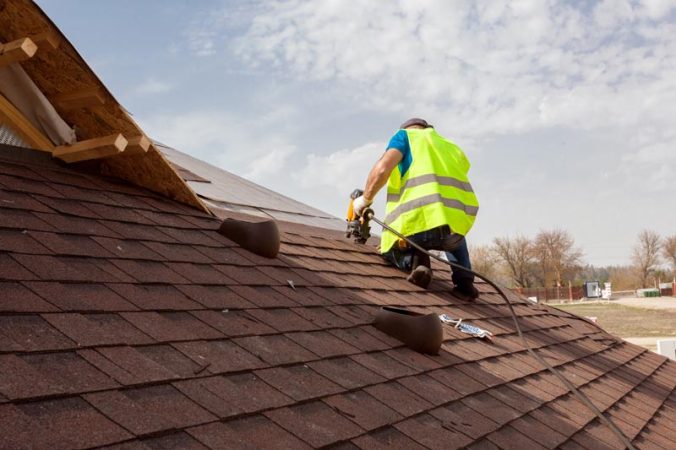How Cool Roofs Can Help Combat Urban Heat Islands in Baltimore
Introduction
As the population in Baltimore continues to grow and the urban landscape expands, the city is facing an urgent challenge: urban heat islands. Urban heat islands occur when built-up areas experience significantly higher temperatures than nearby rural areas due to the abundance of dark, heat-absorbing surfaces such as roofs, roads, and asphalt. These elevated temperatures can have detrimental effects on human health, energy consumption, and the environment. To tackle this issue, a promising solution has emerged in the form of cool roofs.
Cool Roofing’s Impact on Urban Heat Islands
Cool roofing is an innovative technique that helps mitigate urban heat islands by reflecting more sunlight and reducing heat absorption. Traditional roofs, especially those made of dark materials, absorb a substantial amount of heat, contributing significantly to higher urban temperatures. In contrast, cool roofs have a high solar reflectance and effectively emit the absorbed radiation back into the atmosphere, thus reducing their surface temperature.
By installing cool roofs in Baltimore’s urban areas, we can expect a range of positive impacts. Firstly, the overall ambient temperature can be significantly lowered. Studies have shown that cool roofs can decrease temperatures in densely populated urban areas by up to 7 degrees Fahrenheit (3.9 degrees Celsius). This cooling effect can considerably improve the comfort and livability of public spaces and residential areas, reducing the risks of heat-related illnesses, especially during scorching summer days.
Moreover, cool roofs can play a vital role in reducing energy consumption and lowering utility bills for buildings in Baltimore. By reducing the amount of heat entering buildings, cool roofs reduce the need for air conditioning, resulting in lower energy demand and less strain on the power grid. This also has positive environmental implications by reducing greenhouse gas emissions associated with electricity generation.
Another significant advantage of cool roofs is their potential to extend the lifespan of roofing systems. The high reflectance of cool roofs reduces the thermal stress imparted on the materials, preventing premature deterioration and extending their durability. With less frequent repairs and replacements, property owners can save on maintenance costs while reducing waste.
When cool roofs are widely adopted in urban areas, they also contribute to mitigating the urban heat island effect at a larger scale. By lowering the overall temperature of the city, cool roofs help create a more comfortable outdoor environment, making public spaces more inviting and fostering community engagement.
Reducing Heat-Related Issues in Baltimore’s Urban Areas
Baltimore’s urban areas are particularly susceptible to the adverse effects of urban heat islands due to their dense population and limited green spaces. The implementation of cool roofs can play a pivotal role in reducing various heat-related issues faced in these areas.
Heat-related illnesses pose a significant threat during hot summer months, especially to vulnerable populations such as the elderly and those with pre-existing health conditions. By adopting cool roofs, Baltimore can actively combat this issue by significantly reducing the ambient temperature, making it safer for individuals to navigate and enjoy the outdoors without suffering from heat exhaustion or related illnesses.
Additionally, cool roofs can positively impact energy consumption in buildings located in the urban core of Baltimore. The reduced need for air conditioning can lead to substantial energy savings, benefiting both homeowners and businesses. Lowered energy demand also lessens the strain on the power grid, reducing the risk of blackouts during periods of peak electricity usage and contributing to the city’s overall resilience.
Furthermore, cool roofs can contribute to combating the urban heat island effect by promoting natural cooling mechanisms. The lower temperatures created by cool roofs can facilitate evaporative cooling from nearby bodies of water, increasing moisture in the environment and potentially reducing the occurrence of heatwaves. This combination of natural cooling and reduced urban temperatures can make Baltimore’s urban areas more sustainable and resilient in the face of climate change.
In conclusion, cool roofs offer a powerful solution to combat the urban heat island effect in Baltimore’s urban areas. By implementing cool roofs, we can reduce temperatures, improve public health, lower energy consumption, extend the lifespan of buildings, and create more sustainable and resilient communities. As a professional roofer, I am committed to spreading awareness about the benefits of cool roofs and working with the community towards a cooler and more comfortable future.
